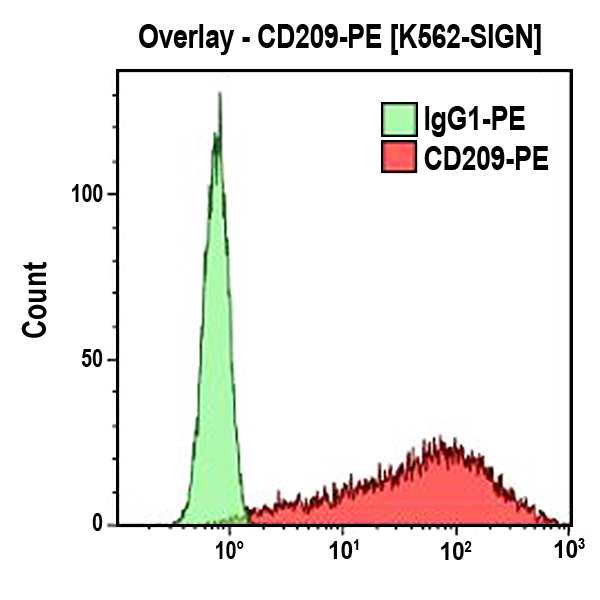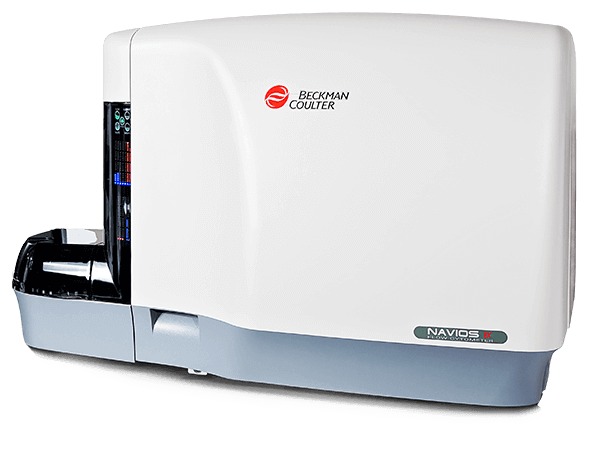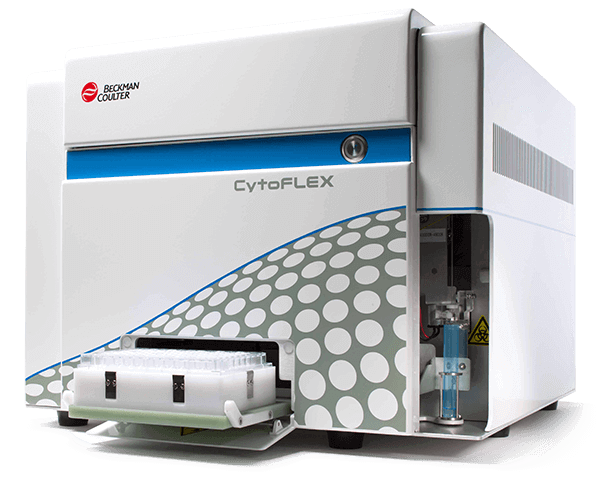CD209 (DC-SIGN) Antibodies
The CD209 antigen, also named dendritic cell (DC)-specific-intracellular adhesion molecule 3 (ICAM-3)-grabbing non-integrin (DC-SIGN), is a 44 kDa type II transmembrane C-type lectin with a single carbohydrate recognition domain (CRD). Like other C-type lectin members, CD209's extracellular structure is able to bind mannose residues in a Ca2+‑dependent manner. Highly specific to DCs, CD209 plays a key role in the primary immune response as receptor / processor for a variety of ligands, including: ICAM-3: initiation of DC-T cell immunological synapse; ICAM-2: transendothelial DC migration; HIV-1 gp120: capture of HIV-1 and transpresentation to CD4+ T cells; CMV envelope glycoprotein B: capture of CMV; Unknown ligands: capture of Ebola virus, and of Leishmania amastigotes. CD209 is expressed by immature DCs in peripheral tissues, with the noticable exception of Langerhans cells. It is also expressed by DCs in lymphoid tissues, and by certain macrophages. In peripheral blood, a percentage of plasmacytoid DCs (or DC2) may also express CD209. It is totally absent from monocytes, and an observed up-regulation of CD209 expression on monocyte-derived DCs correlates with the down-regulation of CD14. Monocyte-derived macrophages may express CD209, only when cultured in the presence of IL-13.
| Clone: AZND1 | Isotype: IgG1 Mouse |
| The AZND1 monoclonal antibody (mAb) is useful for many purposes, including flow cytometric analysis of CD209-expressing cells, immunohistochemical analysis of CD209+ cells on frozen tissue sections, immunoprecipation of CD209 antigen, and investigation of its functions, due to the blocking or inhibiting properties of AZND1 mAb. The AZND1 mAb to DC-SIGN has been assigned to the CD209 cluster of differentiation during HLDA 7. | |






